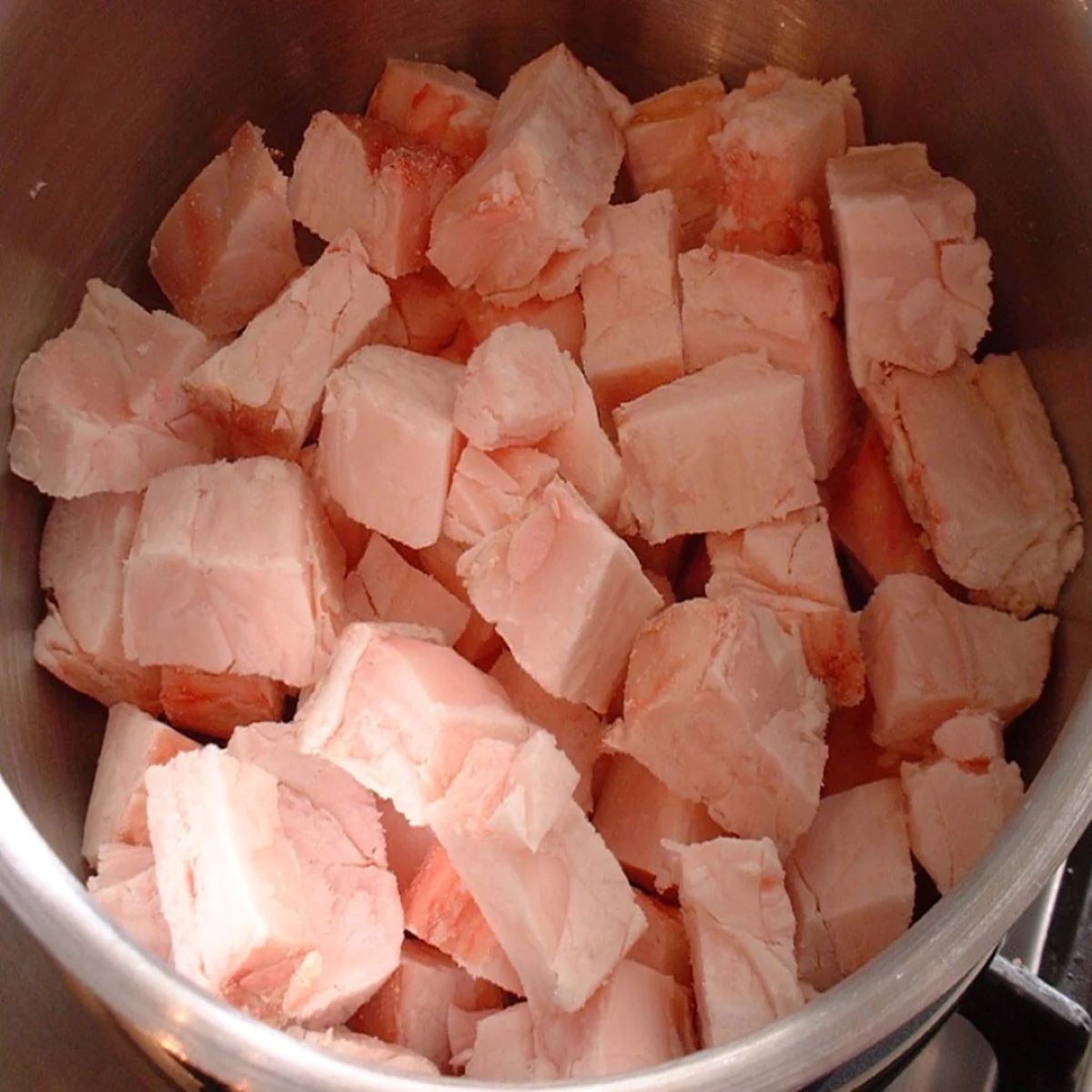

Articles
How To Store Beef Fat
Modified: October 19, 2024
Learn how to store beef fat properly to ensure its long-term freshness and usability. Our articles provide valuable tips and techniques for preserving beef fat at home.
(Many of the links in this article redirect to a specific reviewed product. Your purchase of these products through affiliate links helps to generate commission for Storables.com, at no extra cost. Learn more)
Introduction
Beef fat, also known as tallow, is a versatile and flavorful ingredient that has been used in cooking for centuries. It adds richness and depth to dishes, making them more delicious and satisfying. However, beef fat can also be a perishable ingredient that needs to be properly stored to maintain its quality and prevent spoilage. In this article, we will explore why it’s important to store beef fat and provide you with tips on how to do it effectively.
Properly storing beef fat ensures its longevity and prevents it from going rancid. When stored correctly, beef fat can be kept for an extended period, allowing you to always have a ready supply for cooking. Whether you render your own fat from cuts of beef or purchase it from a butcher, following the right storage techniques will help you preserve its freshness and flavor.
It’s important to note that the quality of the beef fat you use will directly impact the final taste of your dishes. Choosing the right beef fat is crucial, as it can vary in terms of flavor and texture. For instance, suet, which comes from around the kidneys of the animal, has a slightly sweet and nutty flavor, making it ideal for pastry recipes. Meanwhile, leaf fat, which comes from the area around the kidneys and is considered the highest quality fat, is perfect for making homemade lard or for deep frying.
Once you have chosen the right beef fat, the next step is to prepare it for storage. Start by ensuring that the beef fat is clean and free from any meat or connective tissue. This will help prolong its shelf life and minimize any possible off-flavors. You can trim away any excess tissue or simply ask your butcher to do it for you.
Now that you have clean beef fat, it’s time to learn about the different storage methods available. Depending on your personal preference and convenience, you can choose to store beef fat at room temperature, in the refrigerator, or in the freezer. Each method has its advantages and is suitable for different situations.
Key Takeaways:
- Properly storing beef fat is crucial for maintaining its freshness and flavor, ensuring that it can be used to enhance a wide variety of dishes, from savory meats to flaky pastries.
- Whether stored at room temperature, in the refrigerator, or in the freezer, beef fat adds a rich and savory depth to cooking, making it a versatile and valuable ingredient for culinary exploration.
Read more: How To Store Duck Fat
Why Store Beef Fat?
Storing beef fat has numerous benefits, making it a worthwhile practice for any cooking enthusiast. Here are a few reasons why you should consider storing beef fat:
- Flavor Enhancement: Beef fat adds a rich and savory flavor to dishes. By storing it, you can have a ready supply on hand to enhance the taste of various recipes, from roasted vegetables to seared steaks. The depth of flavor that beef fat provides can elevate your cooking to new heights.
- Cost Efficiency: Buying beef fat in bulk or rendering your own from trimmings and leftover pieces of meat can be a cost-effective way to obtain and use a valuable cooking ingredient. Storing it ensures that you can maximize your investment and avoid any wastage.
- Versatility: Beef fat is incredibly versatile. It can be used for frying, sautéing, roasting, and even in baked goods like pastries. By having stored beef fat readily available, you can easily incorporate its rich flavor and texture into a wide range of dishes.
- Long Shelf Life: When properly stored, beef fat can have a long shelf life, allowing you to enjoy its benefits for an extended period. This is particularly useful if you have rendered a sizable amount of fat or purchased a large quantity from a butcher. Storing it correctly ensures that the fat remains usable and flavorful for a significant amount of time.
- Authenticity and Tradition: Storing beef fat is also a nod to culinary traditions and authenticity. Many traditional recipes rely on the use of beef fat, and by having it on hand, you can recreate old family recipes or explore different cooking techniques that use this classic ingredient.
These reasons highlight the importance and advantages of storing beef fat. It not only allows for easy access to a versatile and flavorful ingredient but also helps in maintaining its quality, ensuring that your culinary creations are always delicious and satisfying.
Choosing the Right Beef Fat
When it comes to choosing the right beef fat, it’s essential to consider factors such as flavor, texture, and intended use. Different cuts of beef and parts of the animal yield varying qualities and types of fat. Here are some factors to consider when selecting beef fat:
- Source: The quality of the beef fat depends on the source of the fat. Look for fat from grass-fed or organic beef, as it tends to have a more robust flavor and is generally considered healthier.
- Cut of Meat: The type of cut from which the beef fat is derived can impact its flavor and texture. For instance, suet, which comes from around the kidneys, has a higher melting point and a slightly sweet and nutty flavor. Leaf fat, on the other hand, is softer and more delicate, making it ideal for making lard or pastry recipes.
- Rendered or Unrendered: Beef fat can be purchased either rendered or unrendered. Rendered fat has been melted and strained, removing any impurities and solids. This makes it easier to use and store. However, if you prefer to render your own fat, you can purchase unrendered fat from a butcher or use trimmings from different cuts of meat.
- Storage Considerations: Depending on your storage capabilities and preferences, you may want to choose fat that is easier to handle. Leaf fat, for example, is often preferred for storage as it is easy to render and has a longer shelf life.
Ultimately, the choice of beef fat will depend on your personal preference and intended use. Experimenting with different types of fat can be an enjoyable culinary exploration, allowing you to discover new flavors and enhance your cooking skills.
It’s also worth mentioning that there are other types of animal fat that can be used as alternatives or in combination with beef fat. Pork fat, known as lard, is commonly used in various cooking applications, while duck fat is known for its distinct flavor and is particularly favored in French cuisine.
By understanding the factors that influence the quality and characteristics of beef fat, you can make an informed choice when selecting the right fat for your culinary endeavors. Whether it’s for frying, roasting, or adding richness to your baking, having the right beef fat on hand will elevate your dishes and delight your taste buds.
Preparation and Storage Tips
Properly preparing and storing beef fat is essential to maintain its quality and prevent spoilage. Here are some helpful tips to ensure your beef fat stays fresh and usable:
- Cleanliness: Before storing beef fat, ensure it is clean and free from any meat or connective tissue. This will help prolong its shelf life and minimize the risk of off-flavors. Trim away any excess tissue or ask your butcher to do it for you.
- Cutting and Packaging: Cut the beef fat into manageable pieces or chunks for storage. This will make it easier to handle and portion out when needed. Consider using airtight containers or resealable plastic bags to prevent any exposure to air or moisture.
- Date and Label: It’s important to label the packages of beef fat with the date of storage. This will help you keep track of its freshness and ensure you use the oldest fat first to prevent any waste.
- Storage Location: Depending on your preferences, there are three main storage methods for beef fat: room temperature, refrigerator, and freezer. Each method has its advantages and is suitable for different situations.
- Room Temperature Storage: If you plan to use the beef fat within a few weeks, storing it at room temperature is an option. Use a cool, dark place away from direct sunlight and heat sources. Avoid exposing it to extreme temperatures, as this can cause the fat to spoil or become rancid.
- Refrigerator Storage: Storing beef fat in the refrigerator is a great option for longer-term storage. Place the fat in airtight containers or wrap it tightly in plastic wrap to prevent any exposure to air. It will typically stay fresh for a few months in the refrigerator.
- Freezer Storage: Freezing beef fat is the best option for long-term storage. Cut the fat into smaller portions or shape it into cubes before freezing. Wrap each portion tightly in plastic wrap or place them in freezer-safe bags. Frozen beef fat can maintain its quality for up to a year or longer.
Remember to thaw frozen beef fat in the refrigerator overnight or using the defrost function on your microwave when you’re ready to use it. Avoid thawing at room temperature to prevent bacterial growth.
By following these preparation and storage tips, you can ensure that your beef fat remains fresh, flavorful, and ready to enhance your culinary creations whenever you need it.
Storing Beef Fat at Room Temperature
Storing beef fat at room temperature is a convenient option if you plan to use it within a few weeks. However, it’s essential to take certain precautions to ensure its freshness and prevent spoilage. Here’s how to store beef fat at room temperature:
- Choose the Right Location: Select a cool, dark place in your kitchen or pantry to store the beef fat. Avoid areas that receive direct sunlight or are exposed to high heat sources, as excessive heat can cause the fat to spoil or become rancid.
- Keep It Covered: Use airtight containers or wrap the beef fat tightly in plastic wrap to prevent it from being exposed to air and moisture. This will help maintain its quality and prevent any off-flavors from developing.
- Label and Date: Remember to label the containers or packages of beef fat with the date of storage. This will help you keep track of its freshness and ensure that you use the oldest fat first.
- Check Regularly: Periodically check on the beef fat to ensure it remains fresh. Look for any signs of rancidity, such as a sour or off odor. If you notice any discoloration or an unpleasant smell, it’s best to discard the fat.
- Temperature and Environment: Maintaining a consistent room temperature is crucial for storing beef fat. Fluctuations in temperature can accelerate spoilage. Ensure the storage area is not exposed to extreme temperatures or humidity levels, as this can compromise the quality of the fat.
It’s important to note that storing beef fat at room temperature has limitations. While it can be convenient for short-term storage, it’s generally not recommended for long-term preservation. If you anticipate not using the beef fat within a few weeks, it’s best to consider alternative storage methods such as refrigeration or freezing.
By following these guidelines and storing your beef fat properly at room temperature, you can enjoy the convenience of having it readily available for your cooking needs while ensuring its freshness and quality.
Store beef fat in an airtight container in the refrigerator or freezer to prevent it from going rancid. This will help to preserve its flavor and quality for longer periods of time.
Read more: How To Store Fat Quarters
Storing Beef Fat in the Refrigerator
Refrigeration is an excellent method for storing beef fat for an extended period. It helps maintain the freshness and quality of the fat, ensuring that it remains usable for months. Here are the steps to properly store beef fat in the refrigerator:
- Preparation: Cut the beef fat into smaller portions or chunks for easier storage and handling. This will also allow you to thaw only the required amount when needed. Ensure the fat is clean and free from any meat or connective tissue before storing.
- Airtight Containers: Place the beef fat in airtight containers or wrap it tightly in plastic wrap to prevent air exposure. This will help preserve the freshness and prevent any potential cross-contamination with other foods in the refrigerator.
- Storage Location: Choose a designated spot in your refrigerator to store the beef fat. It’s best to keep it away from other strong-smelling foods to avoid any transfer of odors or flavors.
- Label and Date: Label the containers or packages with the date of storage. This will help you keep track of the freshness of the beef fat and ensure that you use the oldest fat first.
- Temperature: Set your refrigerator to a temperature between 32°F (0°C) and 40°F (4°C). This temperature range will help maintain the freshness and quality of the beef fat without freezing it.
- Regular Check-ups: Periodically check the beef fat for any signs of spoilage. Look for any discoloration, off odors, or texture changes. If you notice any of these signs, it’s best to discard the fat to avoid any potential health risks.
When properly stored in the refrigerator, beef fat can remain fresh for several months. However, it’s important to note that over time, the fat may develop off-flavors or become rancid. Therefore, it’s recommended to use refrigerated beef fat within a reasonable timeframe for the best culinary results.
Remember to thaw the refrigerated beef fat in the refrigerator overnight or using the defrost function on your microwave when you’re ready to use it. Avoid thawing at room temperature to prevent bacterial growth.
By following these guidelines and storing your beef fat in the refrigerator, you can enjoy the convenience of prolonged storage while ensuring its freshness and quality for your culinary endeavors.
Storing Beef Fat in the Freezer
The freezer is an excellent long-term storage option for beef fat. Freezing helps to preserve the freshness and quality of the fat, allowing it to remain usable for up to a year or longer. Here’s how to properly store beef fat in the freezer:
- Preparation: Cut the beef fat into smaller portions or shape it into cubes for easier storage and portioning. This will allow you to thaw only the required amount when needed.
- Wrap Tightly: Wrap each portion of beef fat tightly in plastic wrap or place them in airtight freezer-safe bags. Ensure that there is minimal air exposure to prevent freezer burn and maintain the quality of the fat.
- Label and Date: Clearly label each package of beef fat with the date of storage. This will help you keep track of its freshness and ensure that you use the oldest fat first.
- Storage Location: Place the wrapped beef fat in a designated area of your freezer. Try to keep it away from other foods with strong odors to avoid any transfer of flavors.
- Temperature: Set your freezer to a temperature below 0°F (-18°C) to ensure that the beef fat remains frozen and well-preserved. This temperature will prevent any bacterial growth and maintain the quality of the fat.
- Regular Check-ups: Periodically check the beef fat for any signs of freezer burn or deterioration. If you notice any discoloration, ice crystals, or texture changes, it’s best to discard the affected portions.
When properly stored in the freezer, beef fat can maintain its quality and flavor for an extended period. However, it’s important to note that over time, the fat may lose some of its freshness and develop slight off-flavors. Therefore, it’s recommended to use frozen beef fat within a year for the best results.
When you’re ready to use the frozen beef fat, thaw it in the refrigerator overnight or using the defrost function on your microwave. Avoid thawing at room temperature to prevent bacterial growth.
By following these guidelines and storing your beef fat in the freezer, you can enjoy the convenience of long-term storage while ensuring its freshness and quality for a variety of culinary applications.
Using Stored Beef Fat
Stored beef fat, whether kept at room temperature, in the refrigerator, or freezer, can be a versatile ingredient in your culinary repertoire. Here are some creative and delicious ways to utilize your stored beef fat:
- Cooking and Sautéing: Beef fat is ideal for pan-frying and sautéing due to its high smoke point and rich flavor. Use it to sear steaks, cook potatoes, vegetables, or even to fry eggs. The fat adds a delightful depth of flavor to your dishes.
- Roasting and Basting: Rubbing beef fat on meats before roasting can enhance their flavor, create a crispy exterior, and help retain moisture. You can baste roasts or whole chickens with melted beef fat during the cooking process to add richness and succulence.
- Grill Onions and Vegetables: Brushing sliced onions and vegetables with melted beef fat before grilling can impart a delightful caramelized flavor. The fat helps enhance the natural sweetness of the vegetables and adds a smoky richness to the dish.
- Homemade Fries and Chips: Cut potatoes into fries or thinly slice them for homemade chips. Toss them in melted beef fat and bake or fry them until golden and crispy. The beef fat adds a savory and indulgent touch to these classic snacks.
- Baking and Pastry: Use beef fat, specifically suet or leaf fat, in pastry recipes to achieve tender, flaky results. From pie crusts to biscuits and pastries, beef fat can provide a rich, buttery flavor and exceptional texture to your baked goods.
- Flavoring Soups and Stews: Add a spoonful of melted beef fat to enrich and enhance the flavor of your homemade soups, stews, or chili. It adds a velvety richness and helps marry the flavors together for a comforting and delicious meal.
- Popcorn Topping: For a savory twist, melt a small amount of beef fat and drizzle it over freshly popped popcorn. It adds a delightful umami flavor that pairs perfectly with the crunchy kernels.
Remember to adjust the amount of beef fat used in your recipes based on personal preference and the specific dish you are preparing. Start with small amounts and gradually add more to achieve the desired flavor and richness.
By leveraging the stored beef fat in your cooking, you can elevate the taste and appeal of a variety of dishes, adding a unique depth and richness that is sure to impress your family and guests.
Conclusion
Storing beef fat properly is essential for maintaining its freshness, flavor, and quality. Whether you choose to store it at room temperature, in the refrigerator, or in the freezer, following the right techniques ensures that you can enjoy the benefits of this versatile ingredient for an extended period.
By storing beef fat, you have a valuable culinary asset at your disposal. It enhances the flavor of a wide variety of dishes, from sautéed vegetables to perfectly seared steaks. The rich and savory qualities of beef fat add a depth of flavor that can take your cooking to new heights.
When selecting beef fat, consider factors such as the source, cut of meat, and intended use. Different types of beef fat offer unique flavors and textures, allowing for culinary experimentation and exploration.
Proper preparation and storage are key to maintaining the quality of beef fat. Keep it clean, trim away excess tissue, and use airtight containers or wrapping to prevent air exposure. Date and label the packages to ensure proper rotation and usage.
Whether you store beef fat at room temperature, in the refrigerator, or in the freezer depends on your needs and preferences. Each method offers its own benefits and timeframe for storage.
When it comes time to use your stored beef fat, the possibilities are endless. From cooking and sautéing to baking and flavoring, beef fat adds richness and depth to a wide array of dishes. Let your creativity guide you in exploring the many culinary opportunities.
In conclusion, storing beef fat is a worthwhile practice for any cooking enthusiast. By properly preserving this versatile ingredient, you can unlock an additional layer of flavor, ensuring that your culinary creations are always delicious and satisfying.
So, don’t let the deliciousness of beef fat go to waste. Store it properly, use it judiciously, and enjoy the incredible depth and richness it brings to your cooking.
Frequently Asked Questions about How To Store Beef Fat
Was this page helpful?
At Storables.com, we guarantee accurate and reliable information. Our content, validated by Expert Board Contributors, is crafted following stringent Editorial Policies. We're committed to providing you with well-researched, expert-backed insights for all your informational needs.
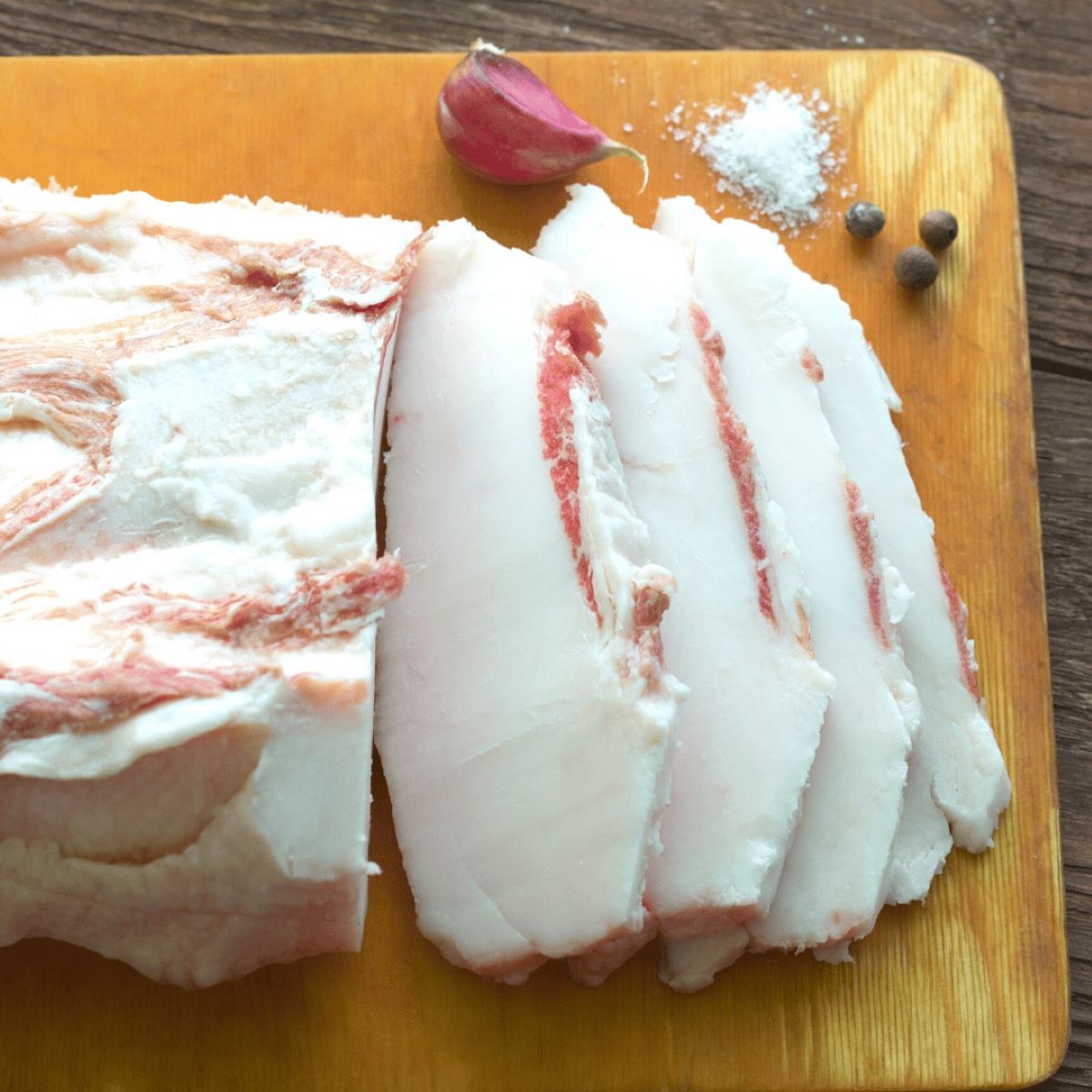
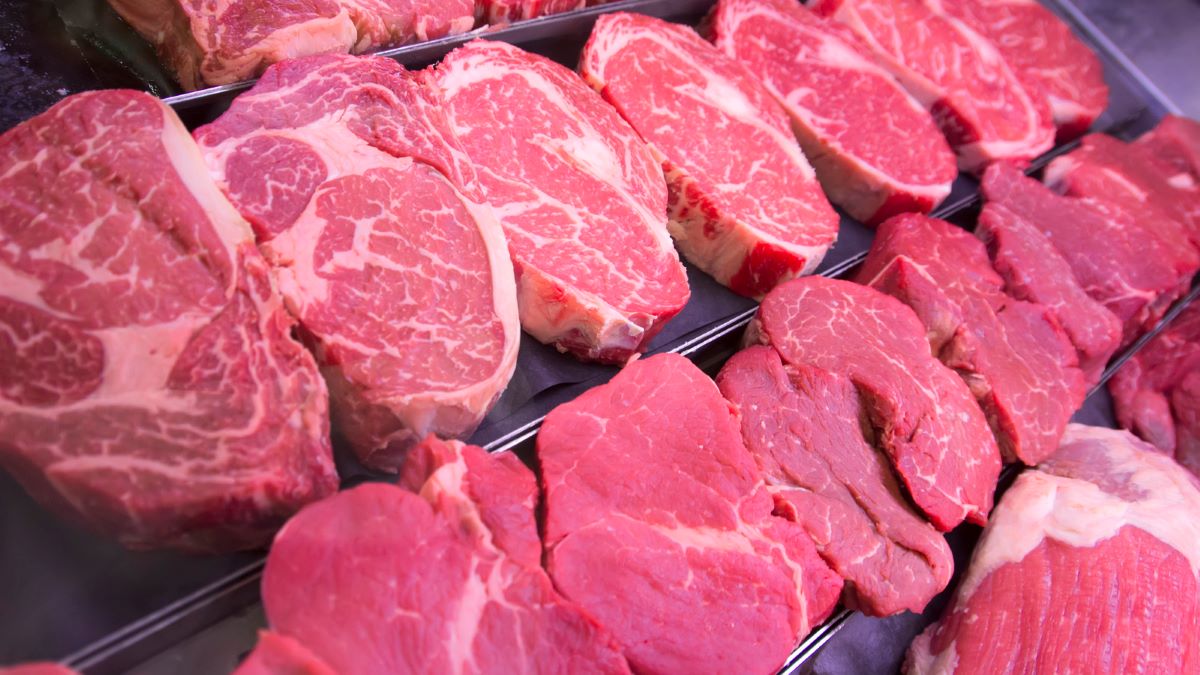

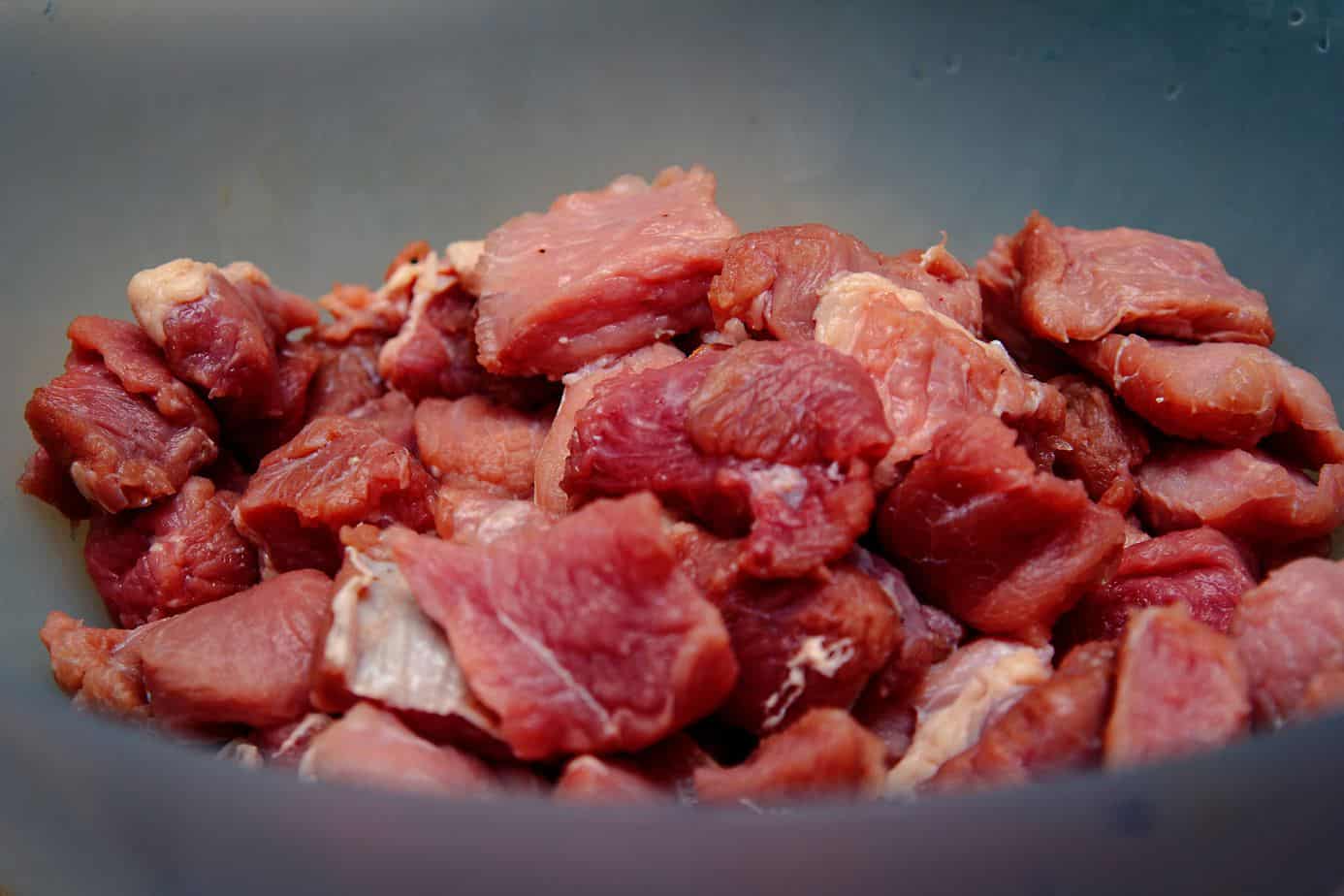
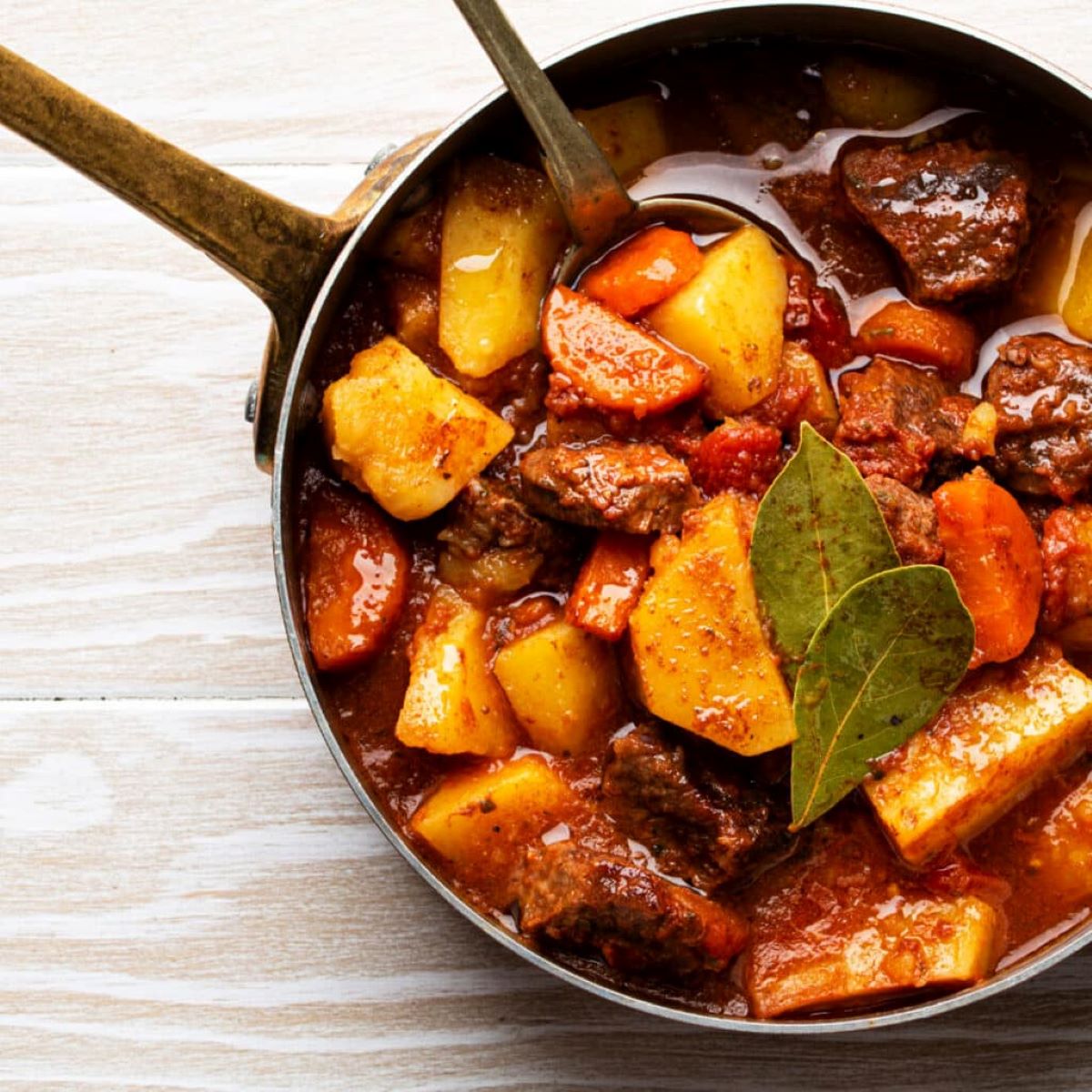
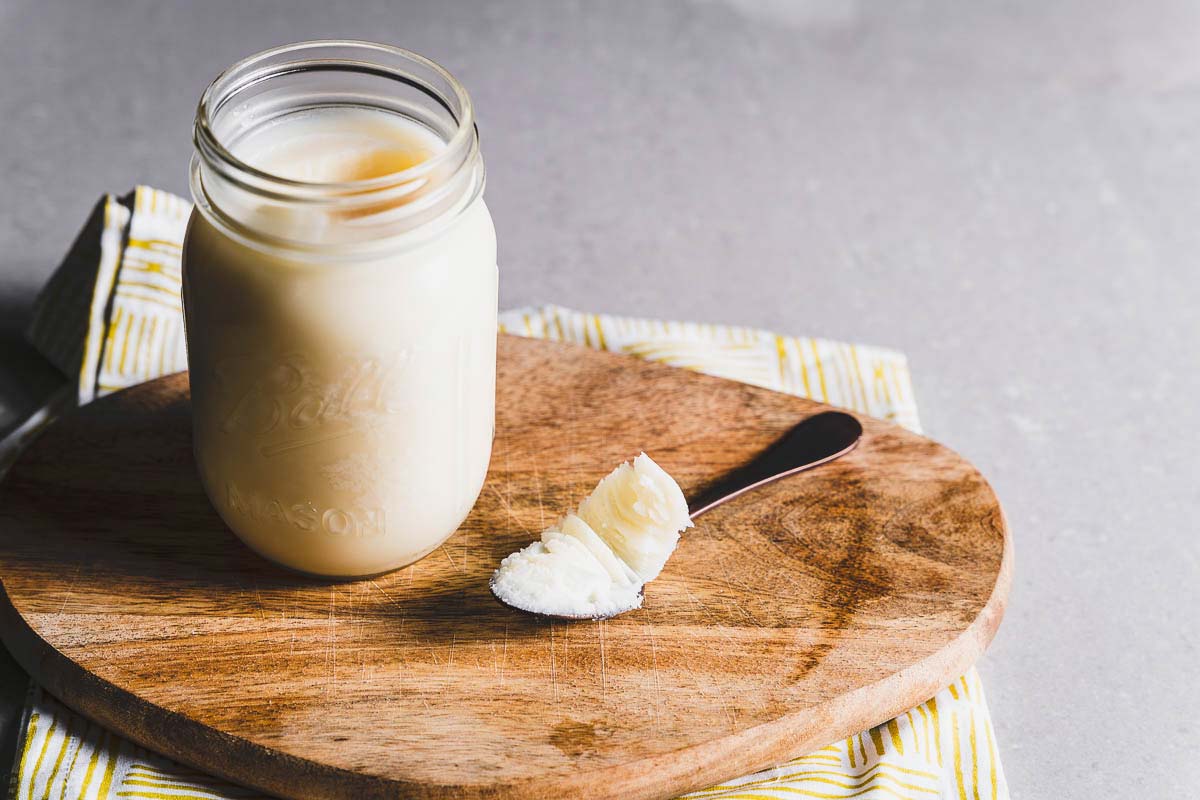
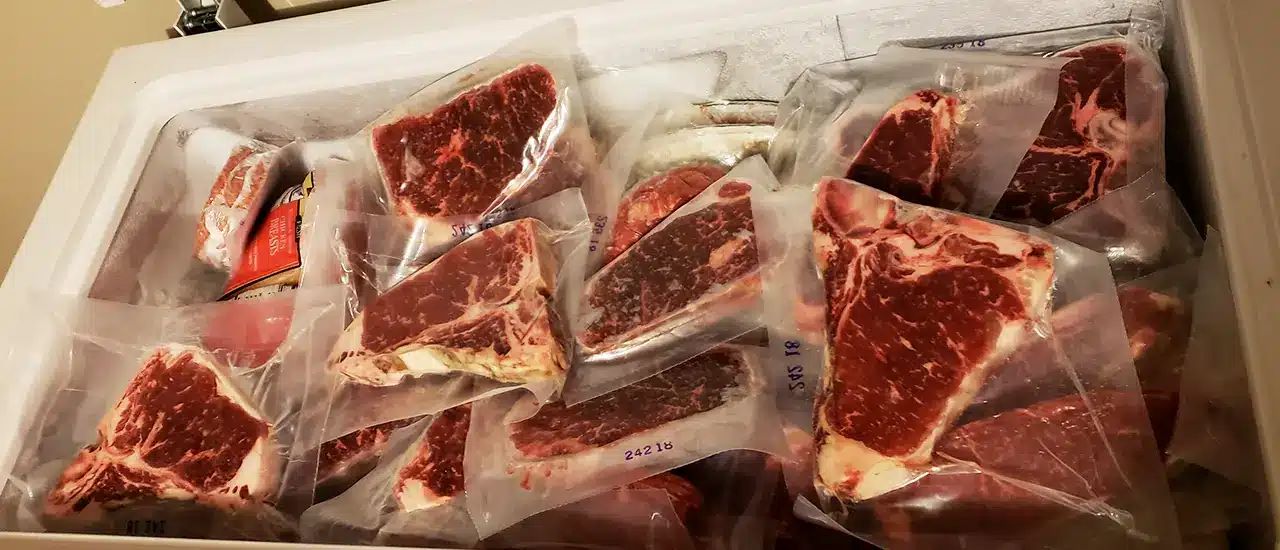
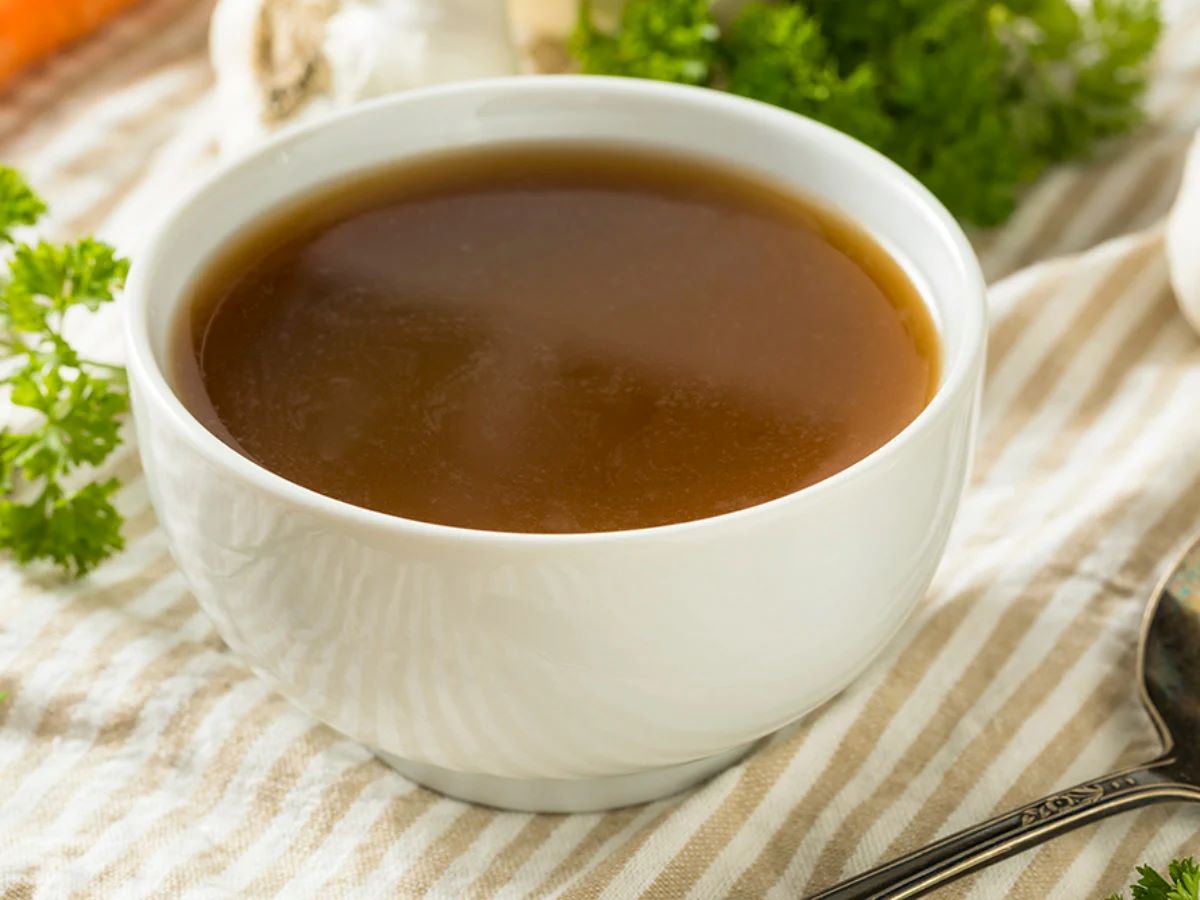
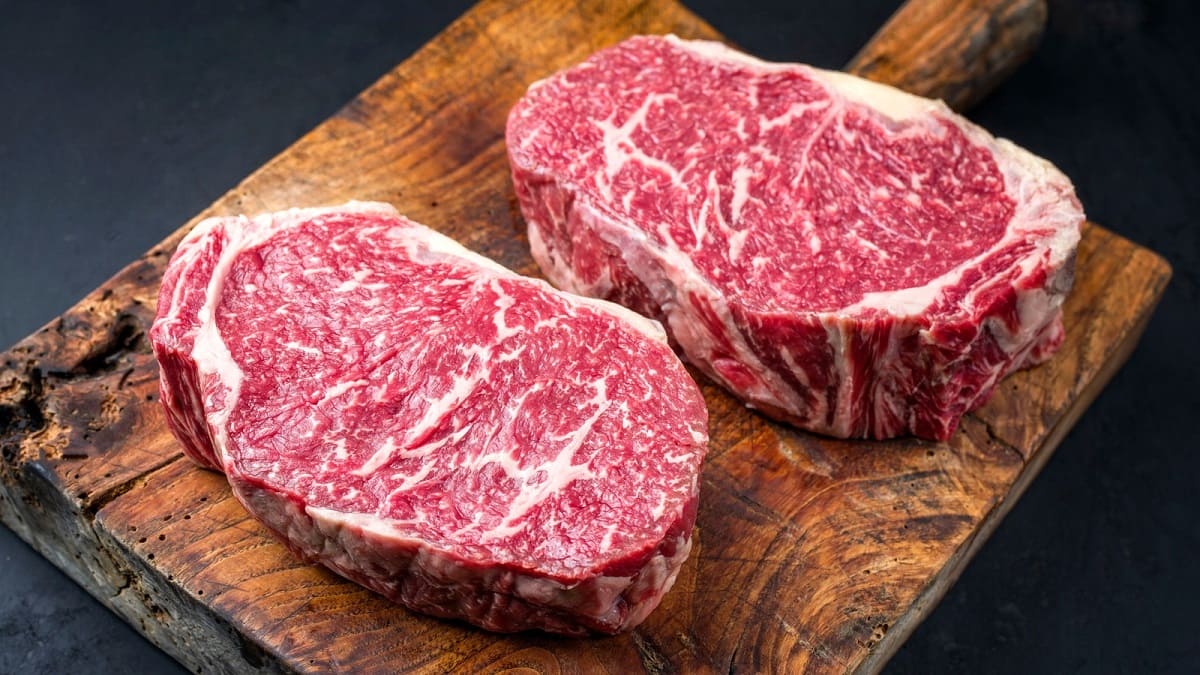
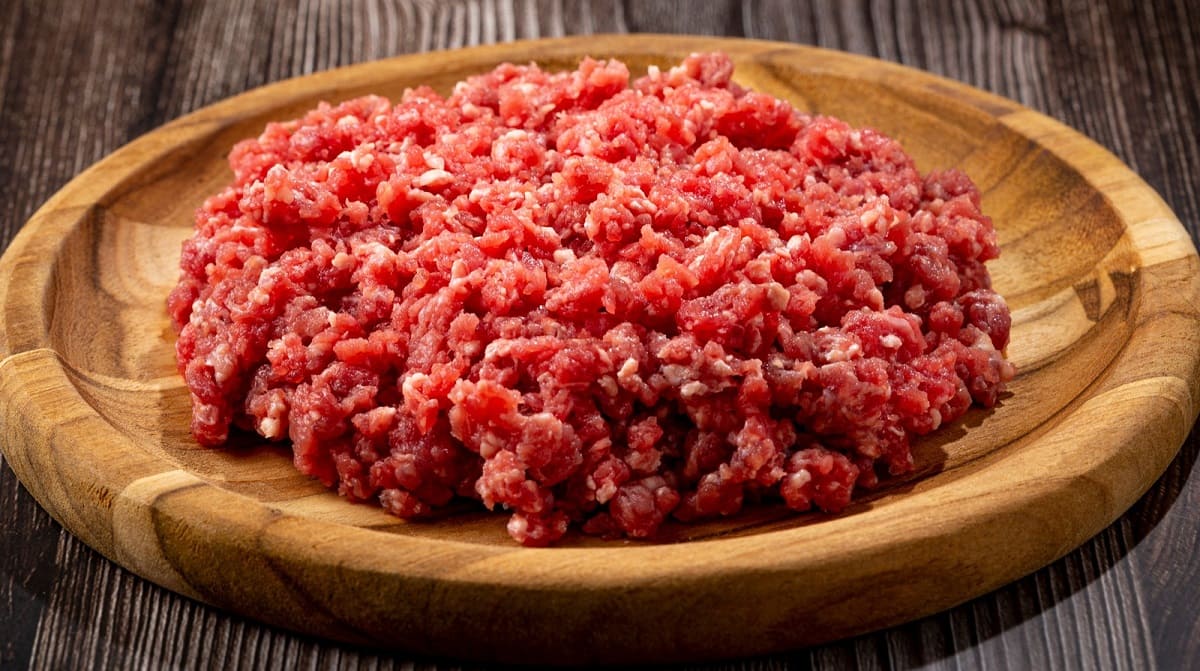
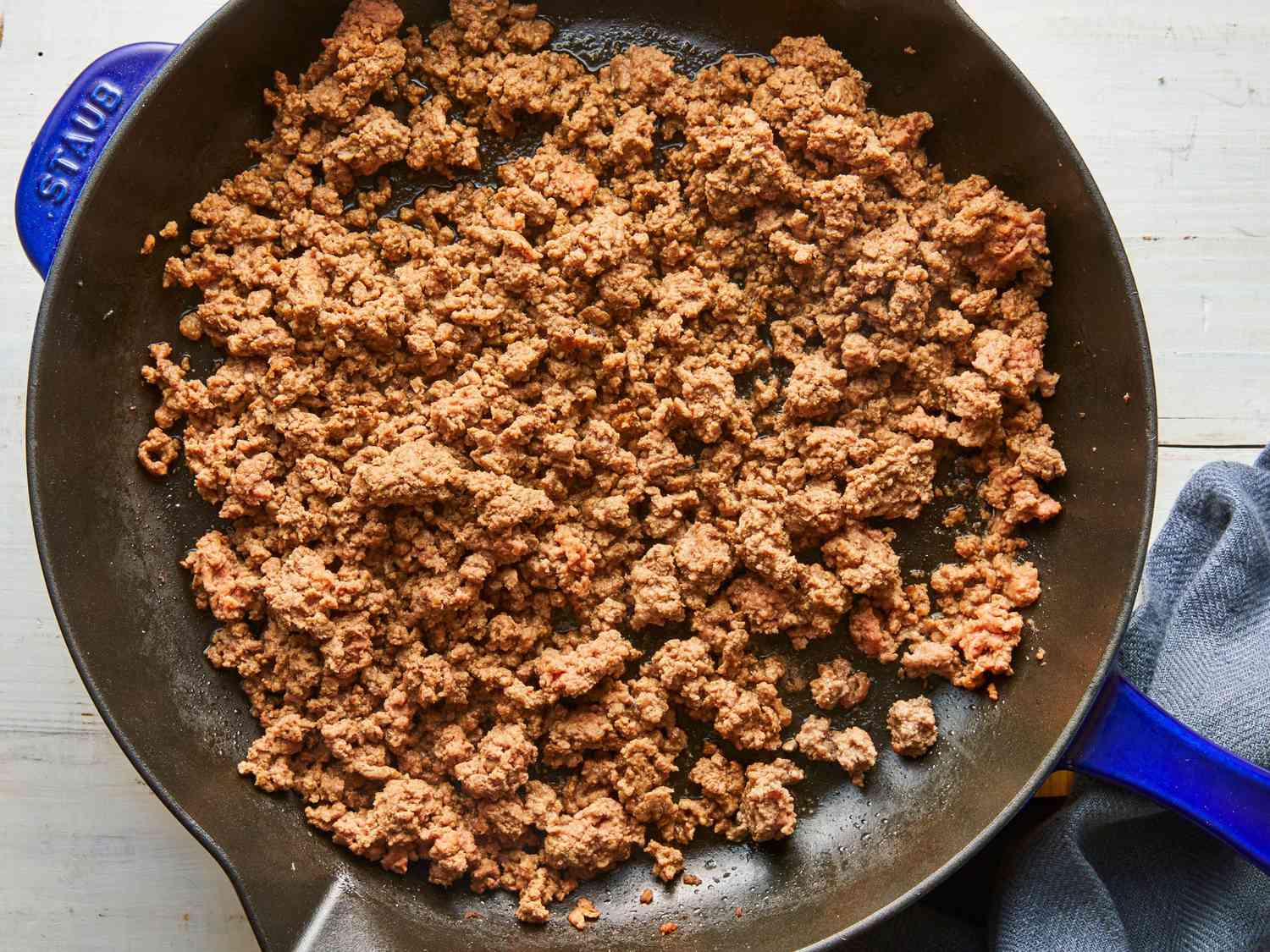
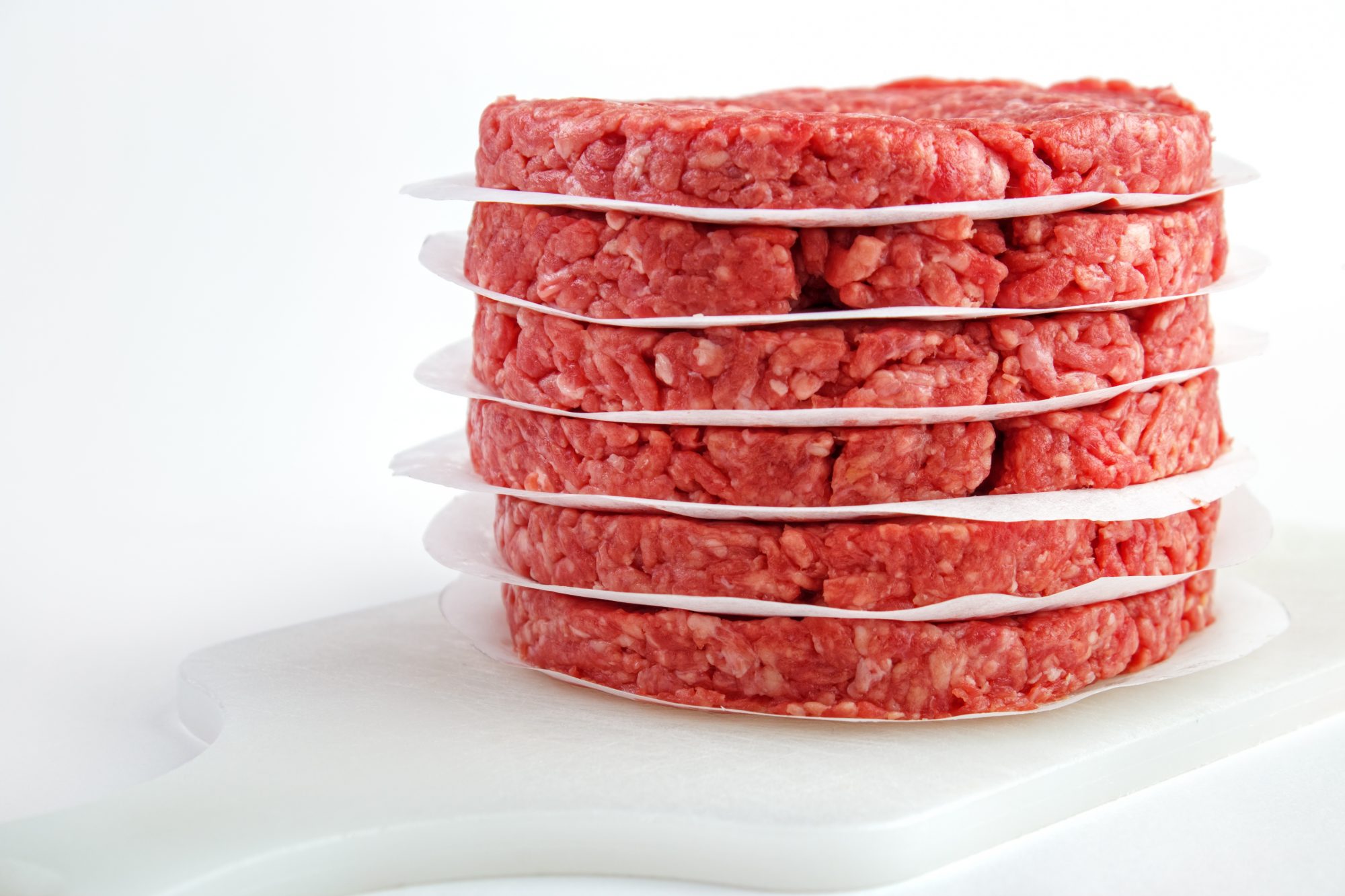
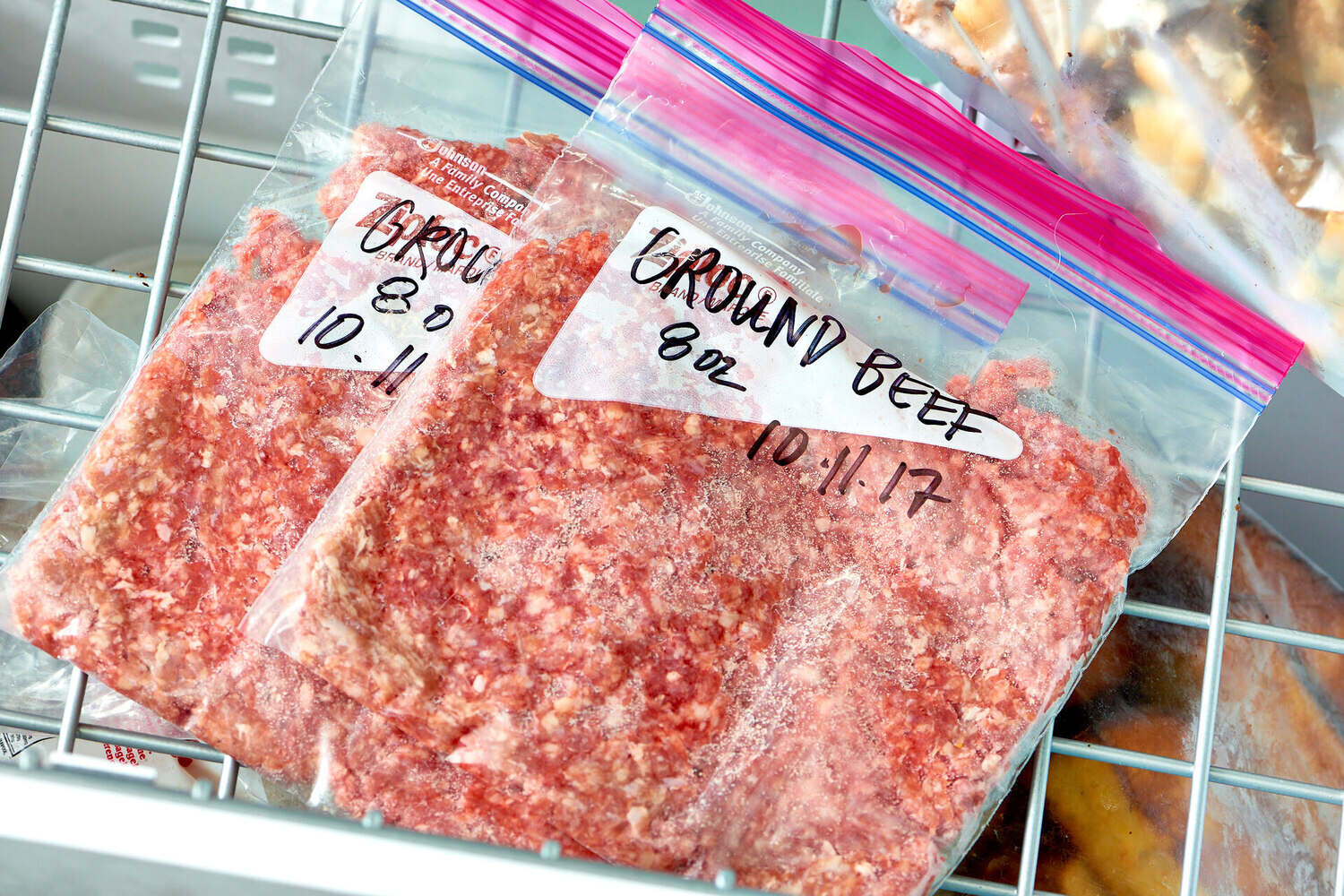
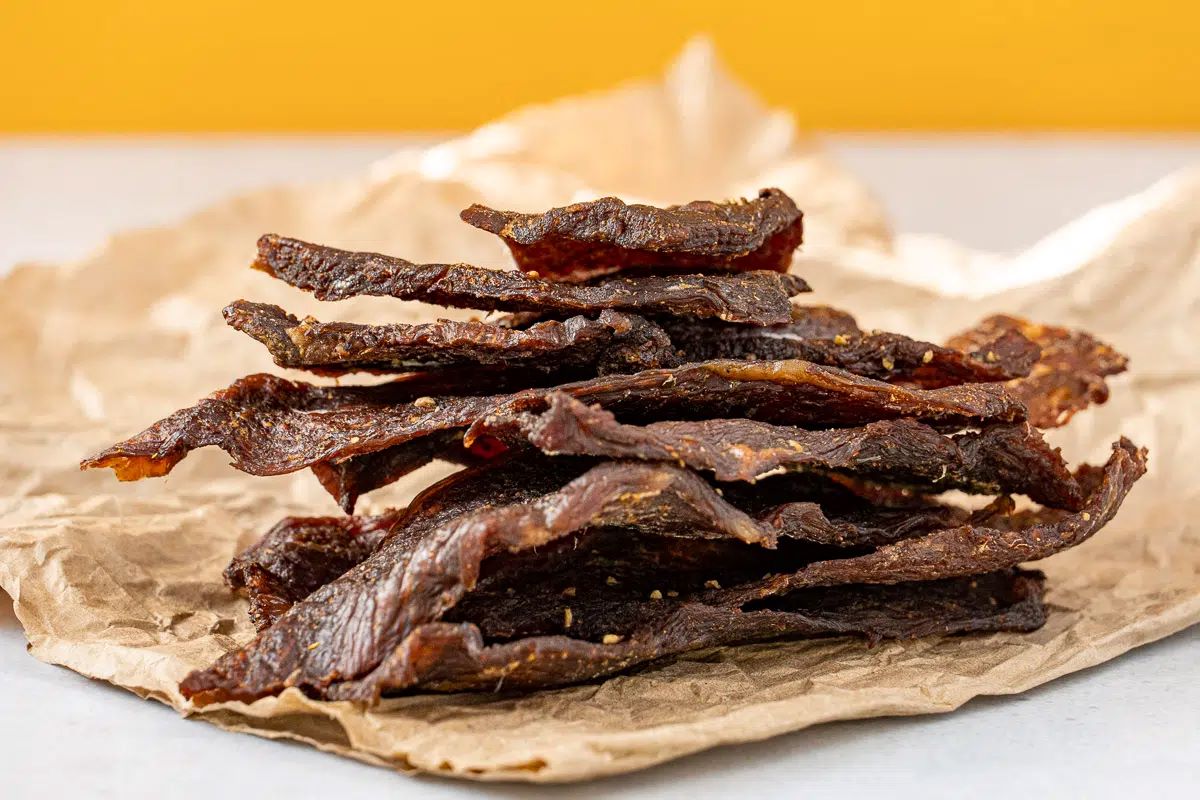

0 thoughts on “How To Store Beef Fat”